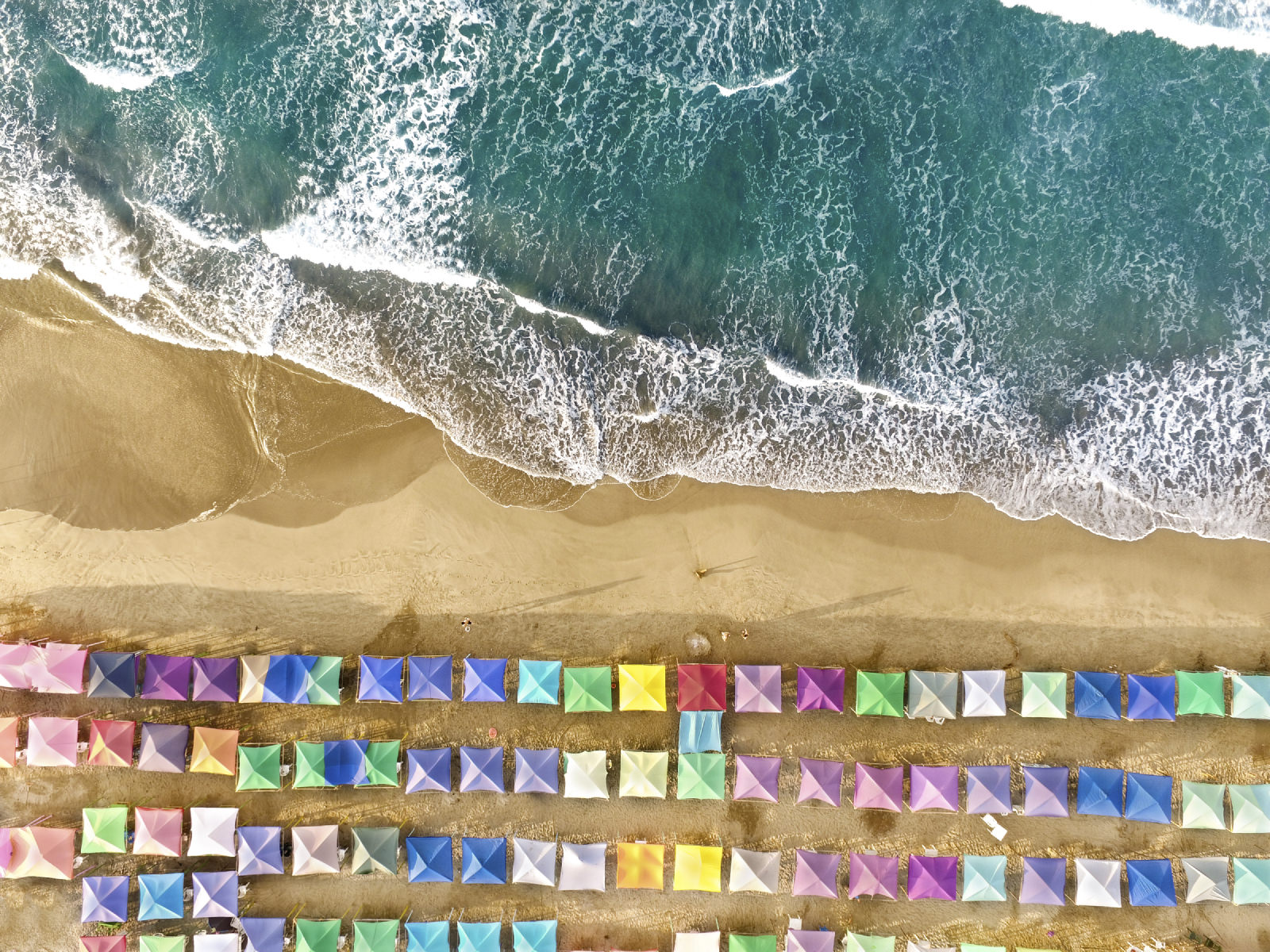
In our first post on drone photography, we discussed legal, privacy, and safety issues as it pertains to using a drone.
Not only do you have to make those considerations, but you also have to think about the type of subject matter that makes good aerial shots. You also must consider the way that an aerial perspective requires different camera settings altogether.
In this article, we take a look at three tips that will allow you to master the compositional aspect of the art of drone photography.
Subject Matter
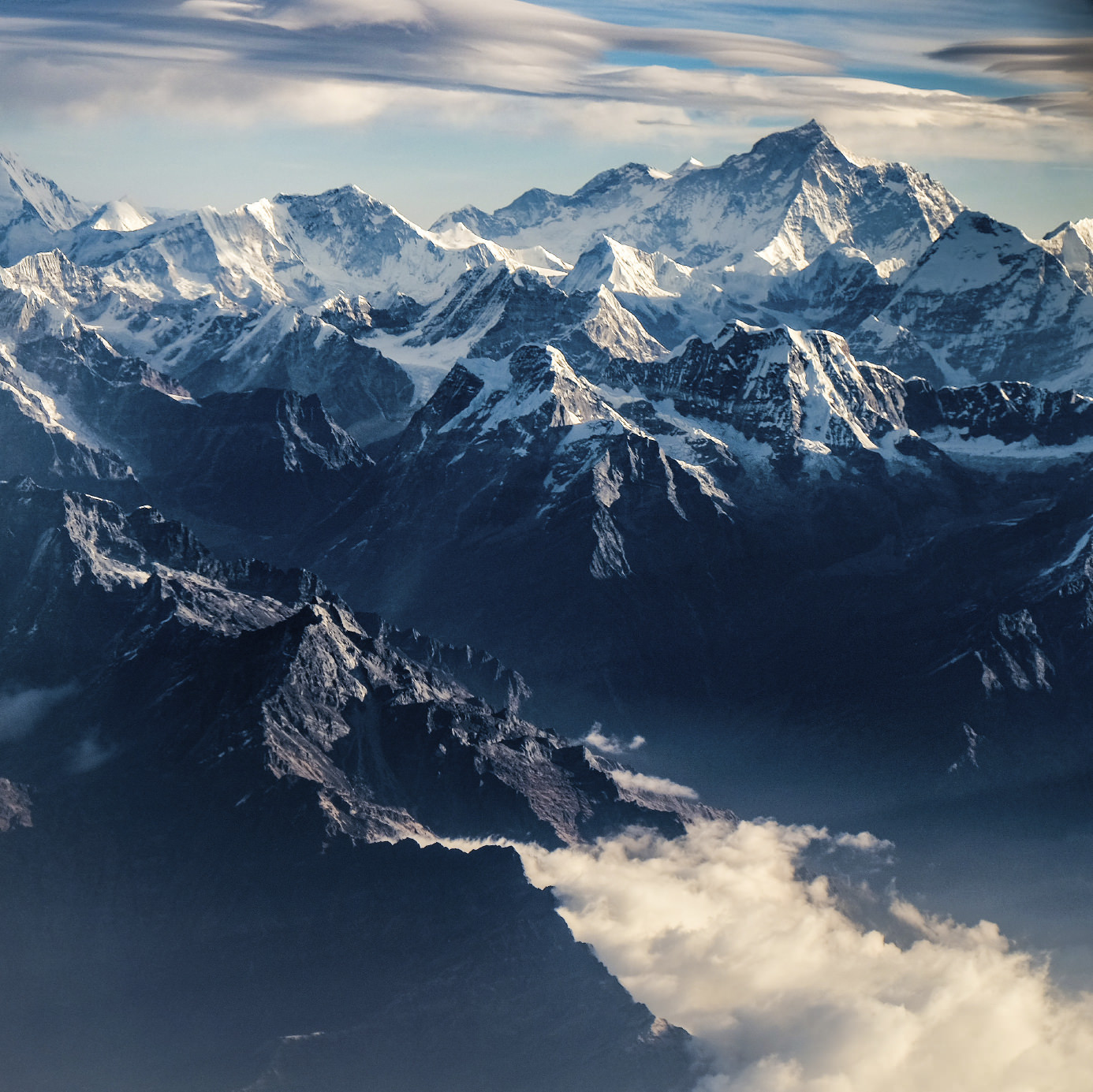
Some subjects that seem like they scream for drone photography actually end up not looking like they were taken from a drone at all. Massive landscapes like mountains are a prime example - because of their sheer height and scale, a photo taken from a drone several hundred feet in the air might still look like it was taken from a typical eye-level perspective. That’s fine and all, but if you want people to understand that the images you take are from a drone, this type of subject may or may not work well.
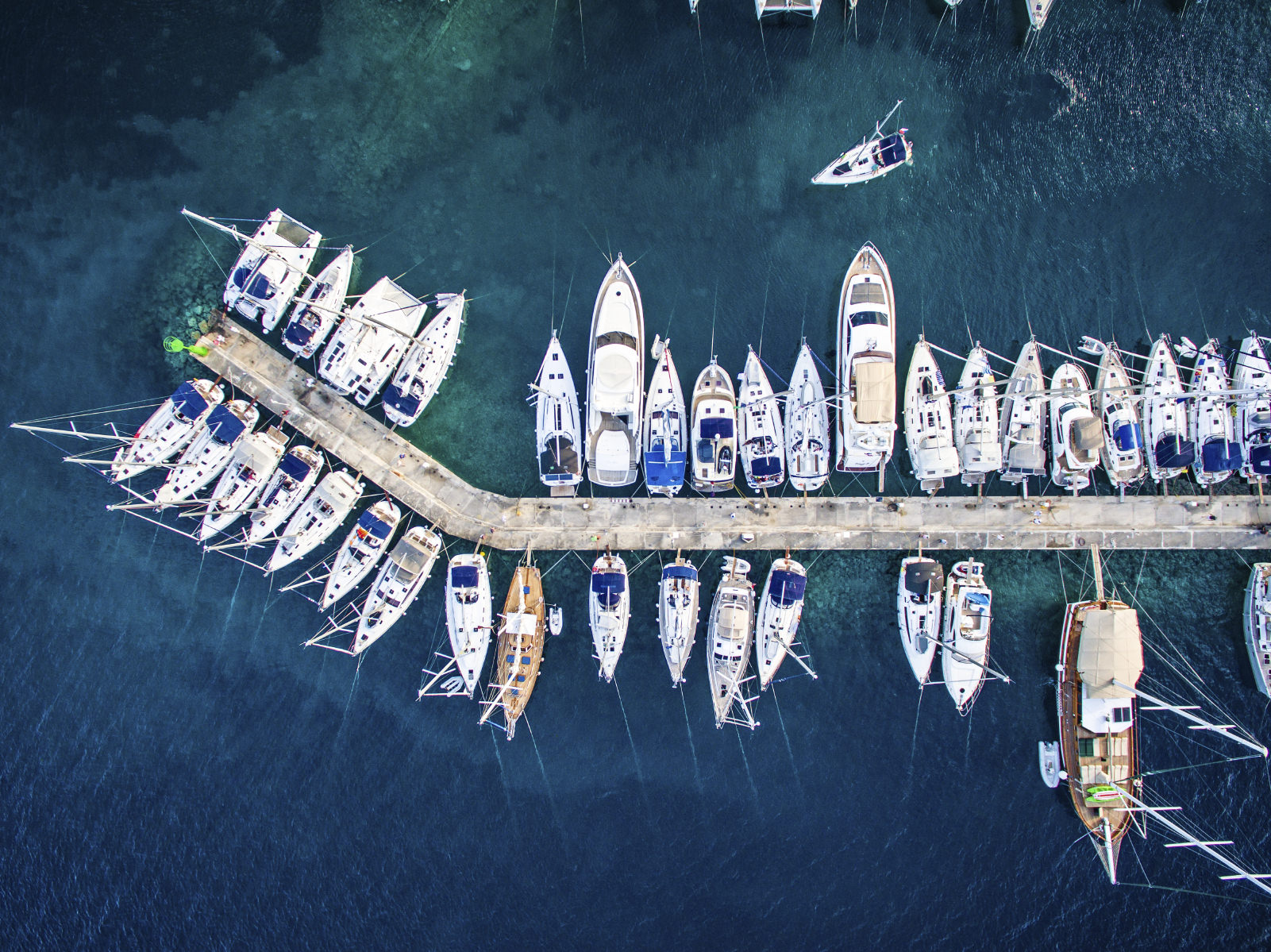
Instead, as you fly your drone around, look directly downward for elements that provide visual interest from above. One of the best subjects for this is something man made - the city streets, a winding mountain highway, or boats in a marina, like those pictured above. These types of subjects work well for drone photography because they provide us with a sense of scale. Familiar objects like a boat or a roadway allow us to understand just how high up the image was taken, which only serves to enhance the aerial look and feel of the photo.
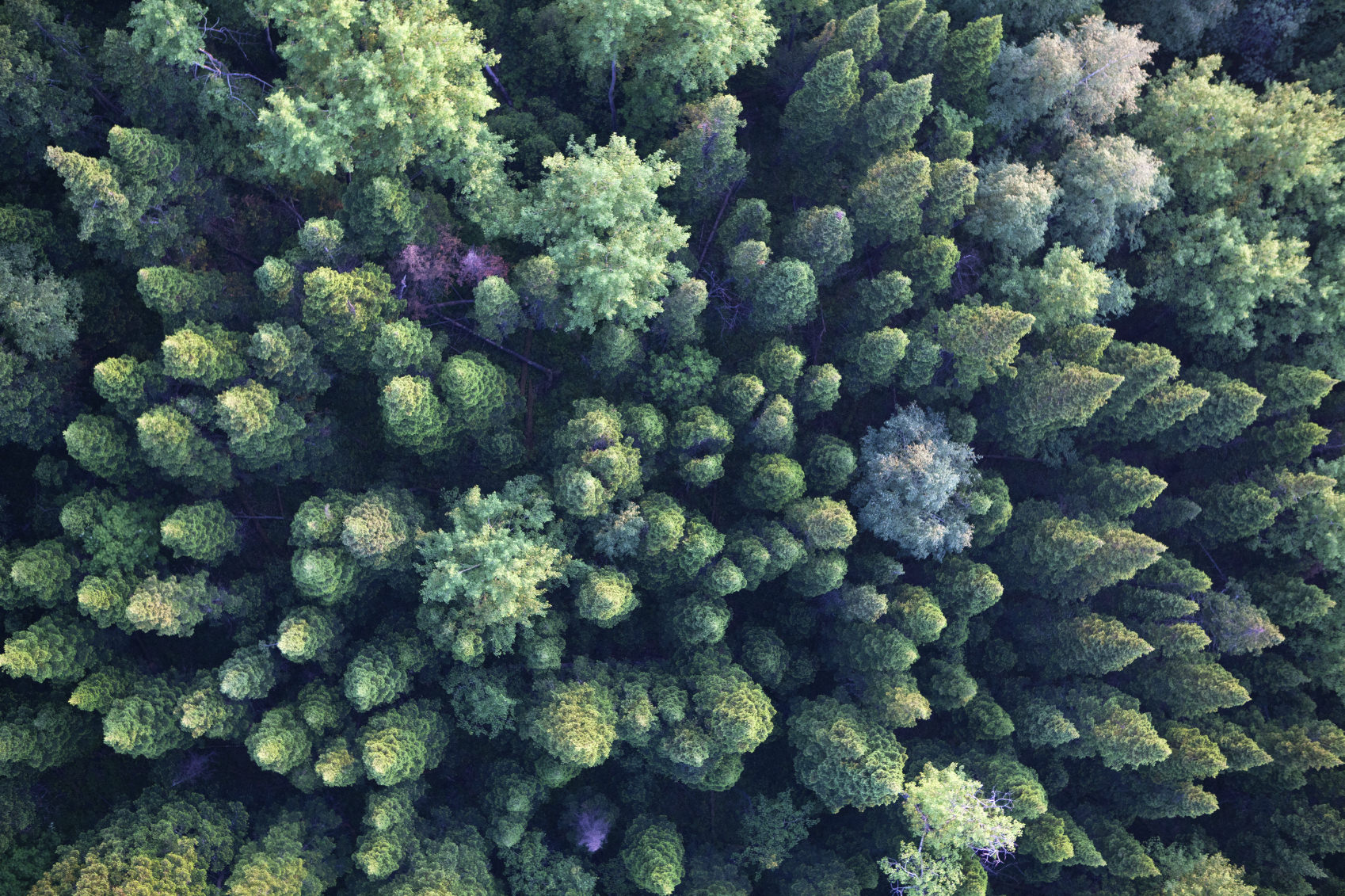
This isn’t to say that drone photos of natural elements should be avoided. As seen above, the view of a forest from the air makes for captivating subject matter. For even more interest, look for scenes in which natural and manmade elements come together.
Make It Interesting
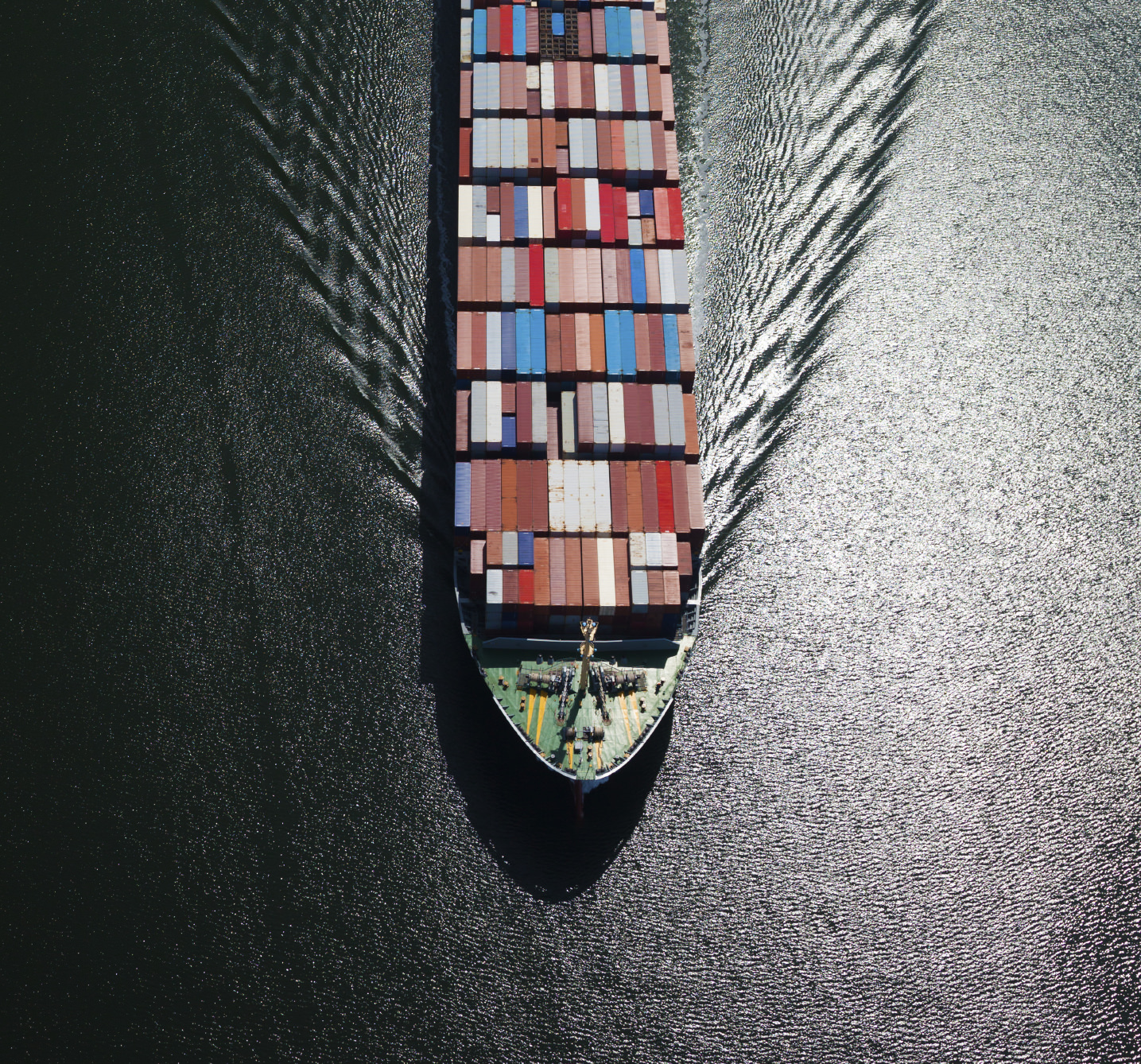
As you would strive to do if you were shooting from the ground, you need to make your drone-based image interesting by including elements that catch the viewer’s eye. After all, just because you’re photographing something from the air doesn’t automatically make it a good image.
Many of the same principles apply - look for lines, shapes, and patterns that give the image depth and dimension. Play with light as you would on the ground, seeing how light at different points throughout the day change the landscape below your drone. And, as stated above, find ways to bring two disparate elements together, like a natural landscape and a manmade object, to give your image added punch. Of course, color can be utilized just as well from the air as it is from the ground to create an engaging and dynamic photo.
Technique
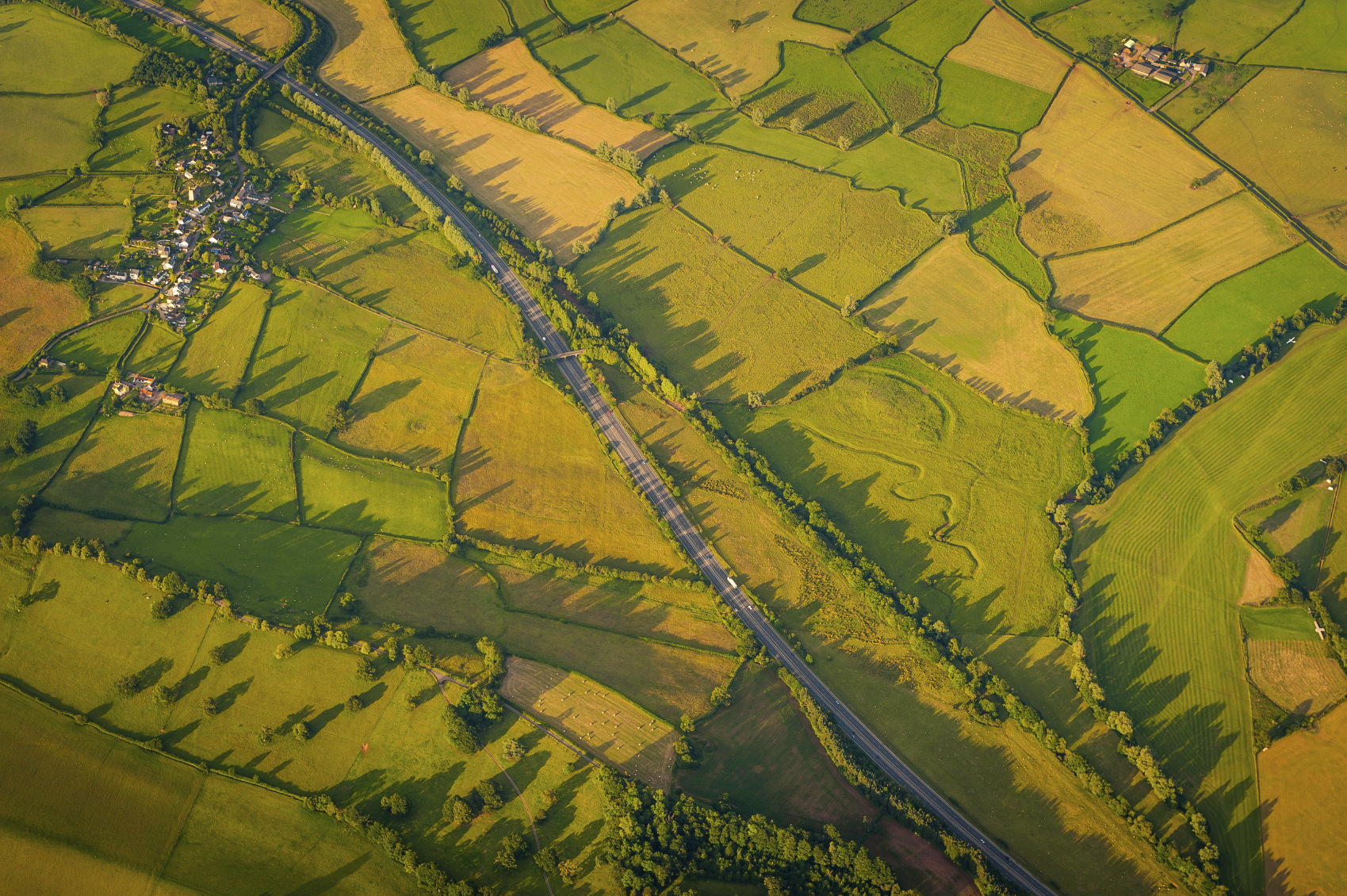
Obviously, taking an image from a camera that’s flying around overhead is a little different than mounting one on a tripod and setting up the shot. For starters, you’ll need to slow down the drone or hover, if possible, to get the shot. Even if your drone has a gimbal, the images you take can still become blurry, especially upon acceleration.
Another consideration to make is that since your camera will be in motion, you have to shoot at a faster shutter speed to prevent blurry images. Where you might be able to shoot at 1/200 seconds with your camera mounted to a tripod, you might have to push it to 1/500 seconds or more with a drone. With higher shutter speeds come higher ISOs, and as a result, image quality can degrade quickly, particularly in early morning, late evening, and other situations in which light is diminished. Because of this, drone photos are often the best when taken during the daytime under a cloudless sky - quite the opposite of the lighting conditions that are typically recommended for traditional photography.
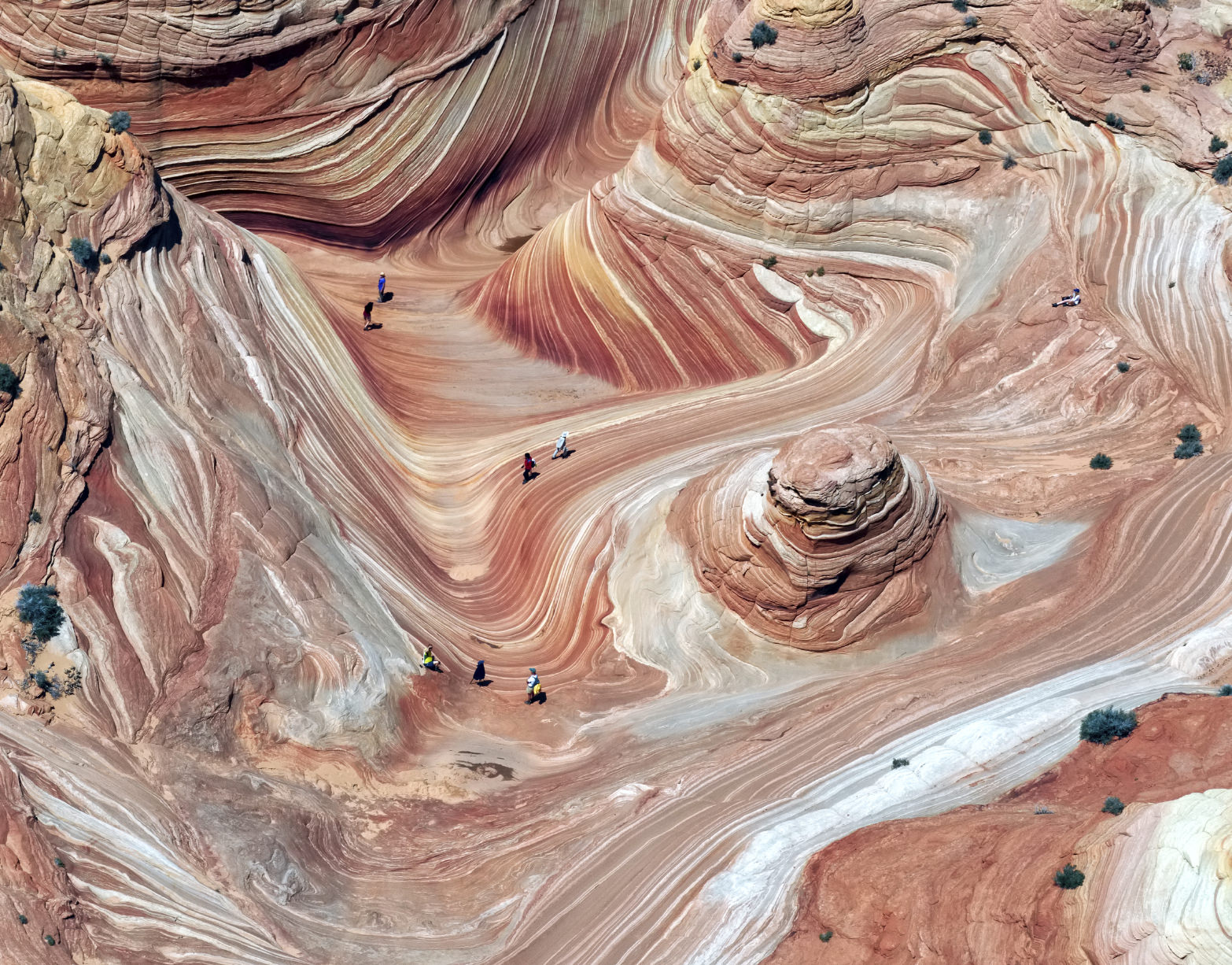
If you have a high-end drone outfitted with a DSLR, there are certain settings that will be different than what you might use at ground-level. Because your subject matter will be so far away, you can really open the aperture and still get a healthy depth of field (and this will help you keep the ISO to a minimum as well). Even at f/2.8, you should get images that are in focus throughout. As you would likely do on the ground, use shutter priority or aperture priority mode, depending on your specific needs. That way you’re reasonably assured of getting a well-exposed image. In situations like the one above, in which there are some areas of brightness, utilize a bit of exposure compensation, perhaps up to one stop, to prevent highlights from getting blown out.
Final Thoughts
To be sure, drone photography is not for everyone. The added challenge of piloting a drone safely and responsibly is just not something that all photographers want to tackle. That said, if taking images from the skies interests you, give these quick and easy compositional tips a try and see what subject matter you might find to make for an interesting image. Just remember to take to the skies responsibly, ensure you are doing so within all legal boundaries, and in a manner that is respectful of people and the environment. Doing so will allow you the chance to take some truly epic photos!
This blog post about "Drone Photography" was first published on our website here https://www.photographytalk.com/photography-articles/6537-master-the-art-of-drone-photography-part-2